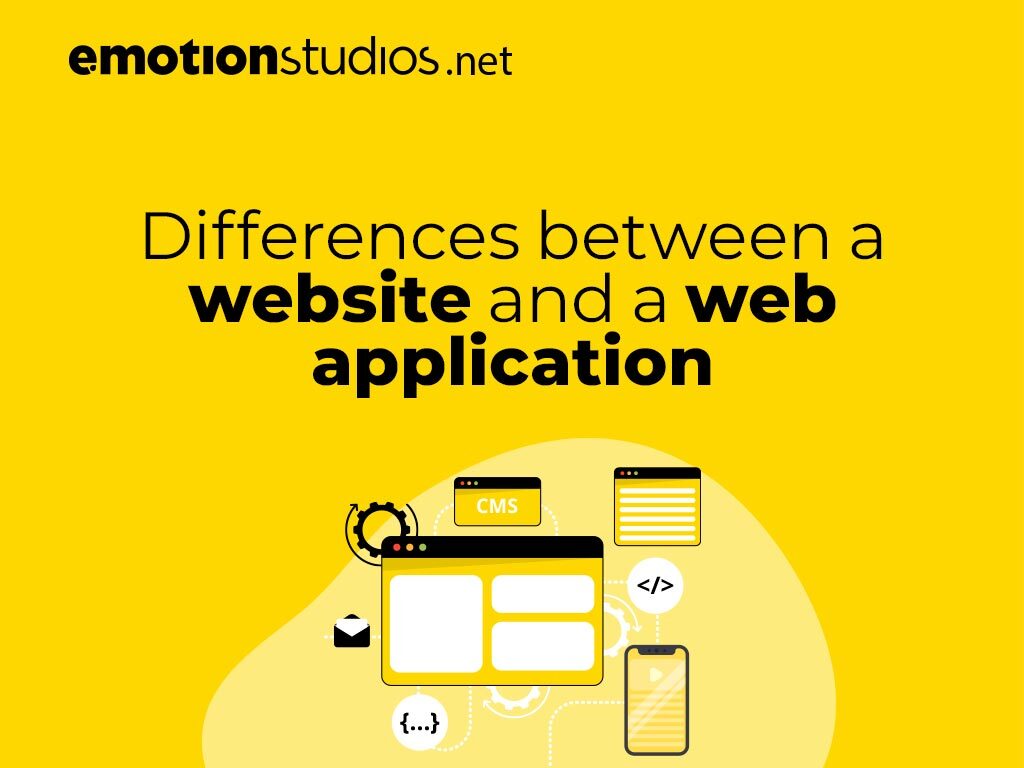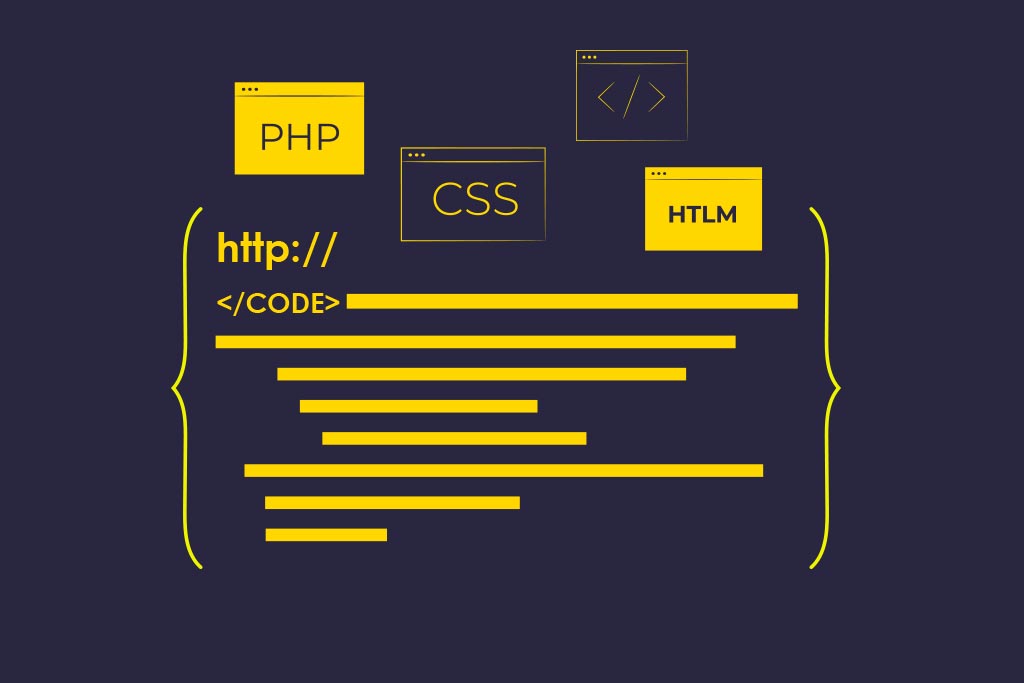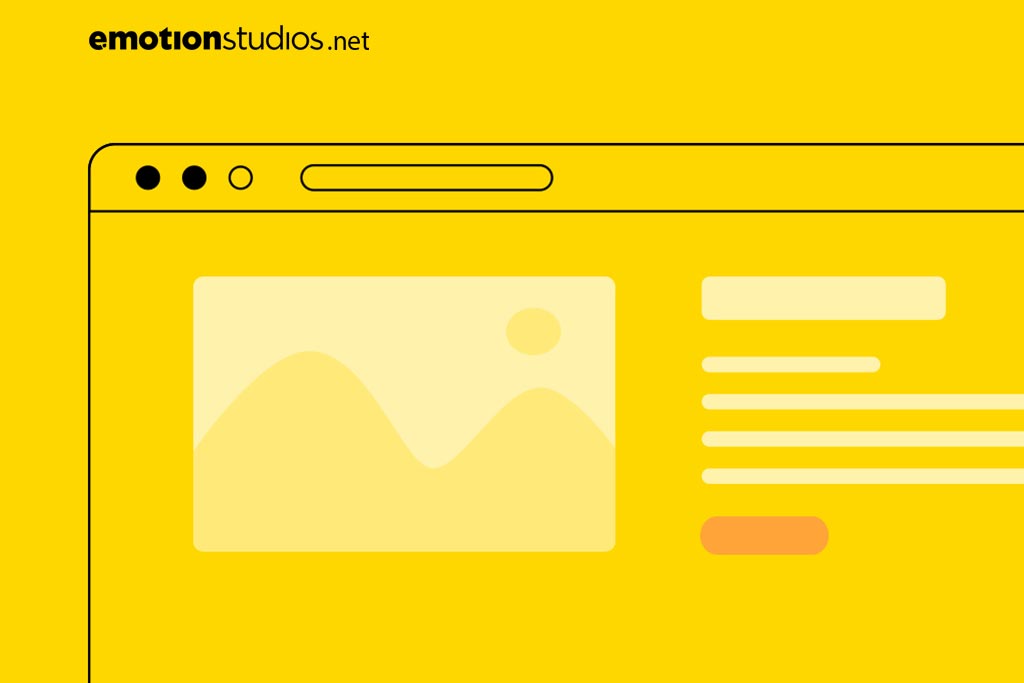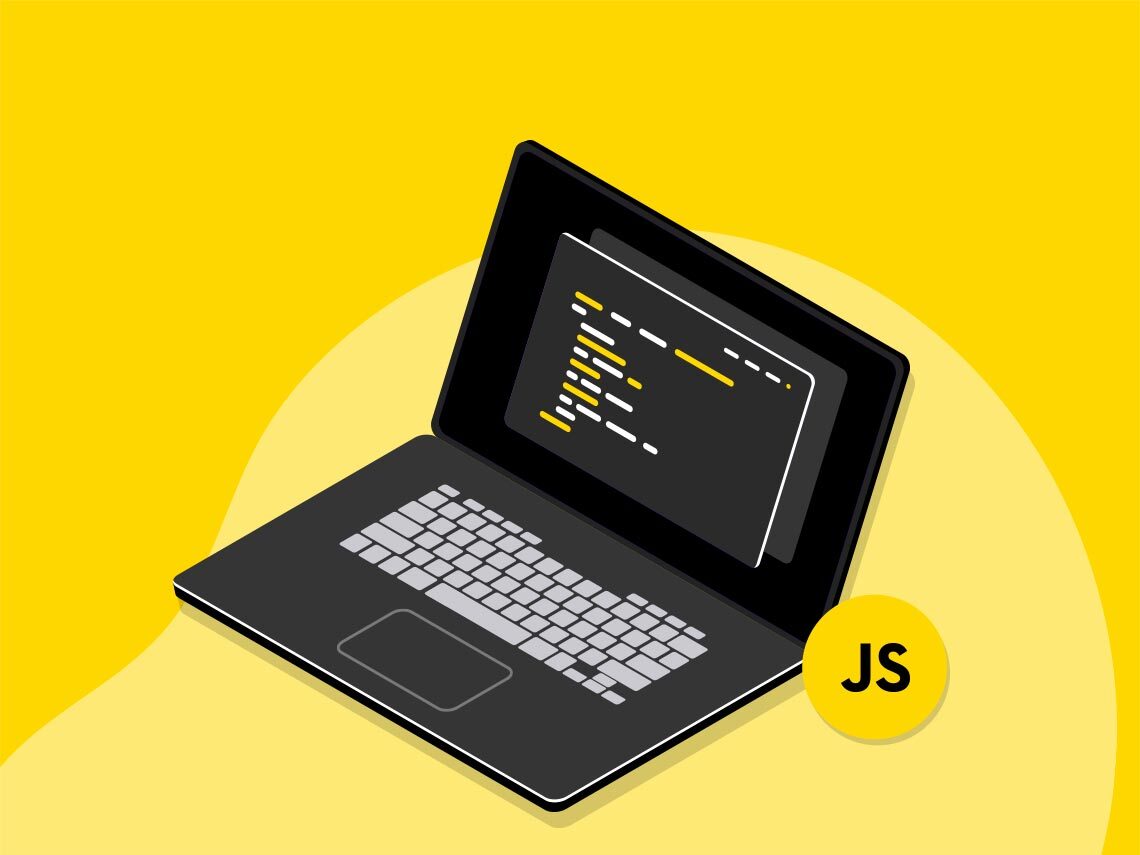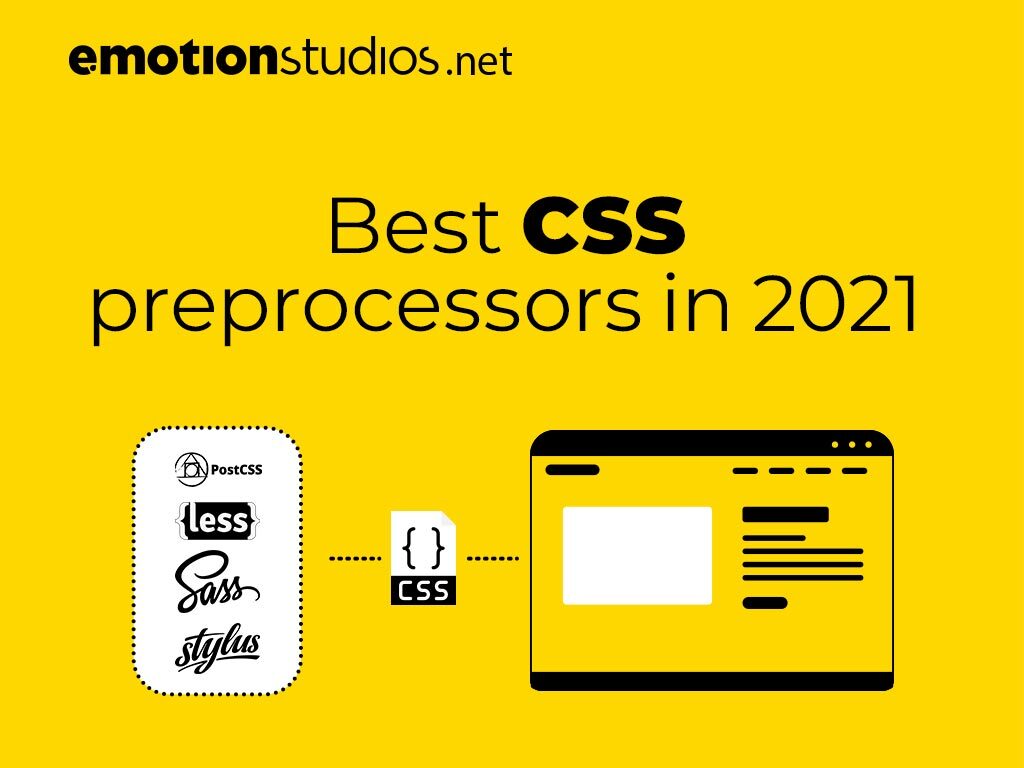Users don’t really concern themselves with such questions, but you do. You’re a smart cookie. A curious one.
The day to day user just types in the url and that’s the end of that. And that usually is enough if you are only after the results. But again, that’s not you. You are the mighty developer-to-be, learning everyday, getting better one day at a time.
And now, the next step in your journey is getting the difference between a website and a web application.
What is a website?
Well, you are on one, for starters. Websites are collections of related web pages that contain text, audio, video and so much more; it’s a blend of visual and text content. The types of websites cannot be numbered since they are so versatile, going from blogs, to dating blogs, to online shops and educational websites. Some of the most popular ones are Wikipedia, Google and Amazon. The main characteristics of websites are the fact that they are user-friendly, easily accessible and easily found when using a search engine.
From a developer point of view, websites are static, which means they do not update dynamically in relation to a database. Consisting of HTML, CSS (and it’s frameworks) and (various other frameworks of) Javascript, websites are one way informational feeds.
Meaning?
They don’t allow viewers to interact or communicate information (of any kind) back to the site. It means that the website as it is a complete product, with no need to be pre-compiled. In general, when it comes to changes to a website, its rarely needed to do a full rewrite and deployment of the code.
What is a web application?
Web apps can look very similar to websites at first glance; afterall, they are accessed the same way, within a web browser, they present the user a collection of visual and text-based content and, like websites, they are very versatile in their functionality and type.
The first difference comes when we talk about how they are built. While both have a frontend side of things that can be built with the usual culprits (HTML, CSS frameworks and JS frameworks), web apps depend on a sturdy backend and database. These two are required because web apps require (in general) authentication, authentication based on both server-side and client-side scripts to present information. As Mary MacPherson notes, in web apps, “data can be referenced, stored, and accessed through a customized interface to simplify the delivery of information to your customer.” (Medium, 2019)
You can already notice that there’s a lot more interactivity going on; that’s because web apps are very dynamic. Very dynamic, very complex, very versatile and way more difficult to build, requiring an experienced team of software developers to create them ( you know, like these guys). Some of the most popular web apps are social media platforms like Twitter, Facebook, Youtube and even GMail.
Basically anything that requires user interaction and engagement.
Keep in mind these differences next time when you set out to create a project! They can really save you time in the long run.
Want to get a website or a web app?
